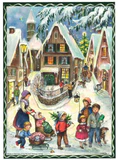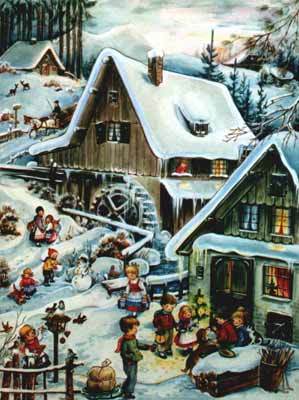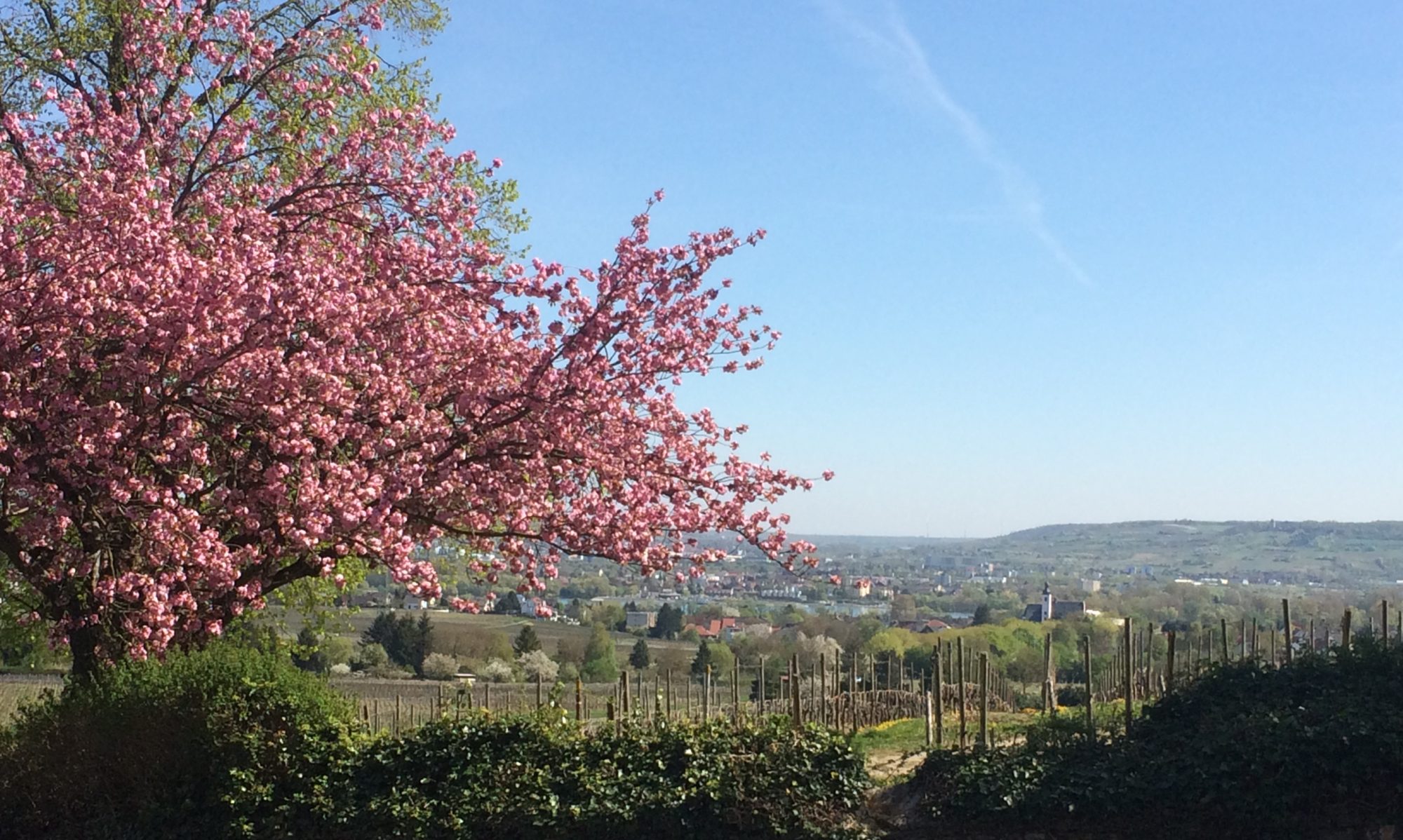Advent in Germany is considered by many as magical, wholesome and traditional. The four weeks leading up to Christmas include so much seasonal cheer; Christmas markets, Nikolaus festivals (December 6th), ‘Plätzchen backen’ (baking Christmas cookies), ‘Glühwein trinken’ (drinking mulled wine), and singing Christmas carols to name a few.
This month the Palatinate blog will look at two seasonal German traditions are very popular in the United States; the Advent calendar and the Advent wreath.
The Advent Calendar Today in the USA
Advent calendars have been a tradition in US households for decades. Traditionally, Americans celebrate the countdown to Christmas with calendars that open to reveal a small treat: a Bible verse, a small toy or a piece of chocolate. In recent years, US retailers have become creative…and more commercial, too.
Today there are Advent calendars with personal care products, jewelry or food items and more. According to NPR, Saks Fifth Avenue sold 18 types of calendars with prices ranging from $65 to $3500 in 2022. Aldi puts its calendars on the market by November 1 in one shipment, meaning supplies are quickly grabbed up by the public. Advent calendars are big business…
But how did the Advent calendars get here? The answer is in their religious roots that date back to Germany in the fourth century.
The German History of the Advent Calendar
Advent is celebrated in most Christian churches and runs for four weeks beginning on the Sunday closest to the feast day of St. Andrew the Apostle (November 30). Scholars believe Advent, which means ‘arrival’ in Latin, became explicitly linked to Christmas in the Middle Ages.
Advent calendars have their roots in the 19th century, when German Protestants starting taking creative steps to mark the days leading up to Christmas by making a chalk mark on walls or doors or by lighting candles. The first known handmade Advent calendar dates from 1851. German publisher Gerhard Lang is touted as the inventor of the printed Advent calendar in the early 1900s. He created the first calendar with doors in the 1920s.

By the 1930s Advent calendars were in high demand in Germany. This practice stopped during WWII, when the Nazis banned the printing of illustrated calendars. After the war, chocolate-filled calendars appeared in the ‘50s and were commercially produced by the early 1970s.

Today, similar to in the United States, there are Advent calendars on the German market that offer a wide array of products and prices. Most families have, however, a traditional printed calendar somewhere at home to keep the old tradition of the Advent calendar alive.
As NPR quotes Marcia Mogelonsky, Director at the marketing research firm Mintel, ‘We all need the gift of time. And this is a way of slowing us down.’
The Advent Wreath and its Symbolism
Advent wreathes are perhaps less well-known than Advent calendars in the United States, but are an important tradition in Germany.
An Advent wreath is an evergreen wreath with four candles. One candle is lit on each of the four Sundays leading up to Christmas. Advent wreathes have a Christian heritage and originated among German Lutherans in the 16th century.
According to Wikipedia, the first Advent wreath is accredited to a German Luther Seminary pastor from Hamburg who, in 1839, built a wooden ring with 24 small red candles and four large white candles to help the children in his mission school remember when Christmas was coming. The custom was adopted by Protestant churches and eventually the Roman Catholic Church as well. By the 1930s, Advent wreathes had also spread to America. Eventually even the Eastern Orthodox Church adapted the Advent wreath to have six candles in accordance with their Christmas traditions.

In Christian religion, Advent wreathes are round to symbolize God’s infinite love. The evergreen represents the hope of eternal life. The candles stand for the light of God coming through the birth of Jesus. In a more secular sense, the four candles are also said to stand for hope, peace, joy and love. The liturgical colors of vestments during the Christmas season are violet (or blue) and rose. Hence the candles on Advent wreathes are often in these colors. Sometimes Advent wreathes have four red candles. In the UK, red candles are linked to special readings that are based on Bible stories.
Eine Schöne Adventszeit!
Unlike Anglophones, Germans don’t wish people merry Christmas before Christmas Eve. Instead they wish each other ‘Happy Advent’ (Schöne oder Frohe Adventszeit!), because the entire time of Advent is cherished for its specialness, joy and thoughtfulness toward others.
The Palatinate DAR wishes you a wonderful Advent!

Sources:
www.npr.org: Advent Calendars Explained, November 6, 2023
www.wikipedia.org: History of the Advent Wreath
www.the germanway.org: Advent Customs
Photos: Advent calendars from Alpen Schatz, wreath photo from iStock, Advent greeting from Annelis Art
